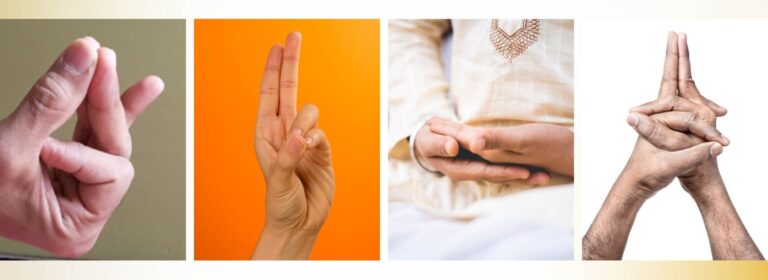Yoga Practice Name
Vipareeta Karani Mudra


Vipareeta Karani Mudra
The word Viparitakarani comes from the Sanskrit roots:
Thus, Viparitakarani translates to "the reversed action" or "opposite action." It refers to a pose or practice where the body is inverted, creating a reversal of the typical downward flow of energy and stimulating the upper body and head.
Viparitakarani is a restorative yoga asana (pose) where the practitioner raises the legs while lying on their back, with the hips elevated and supported (often with a cushion or blanket). This position inverts the normal orientation of the body, facilitating blood circulation to the upper body and head, and has a soothing and rejuvenating effect on the nervous system.
It is similar to Sarvangasana (Shoulder Stand) but is typically a gentler alternative, requiring less physical effort while still providing many of the same health benefits related to inversion.
Tip: Always come out of the pose slowly and mindfully. Avoid sudden movements after prolonged inversions.
8. Relieves Tension in the Legs and Feet: Viparitakarani is especially beneficial for individuals who experience swollen feet, varicose veins, or leg fatigue due to standing or sitting for prolonged periods.
10. Stimulates the Root and Sacral Chakras: The pose can activate and balance the root (Muladhara) and sacral (Svadhisthana) chakras, enhancing feelings of groundedness, stability, and vitality.
2. Glaucoma or Eye Problems: Inversions can increase intraocular pressure, making Viparitakarani unsuitable for individuals with conditions like glaucoma or other eye disorders. Always consult with a doctor if you have any eye-related issues.
6. Severe Headaches or Migraines: People prone to headaches or migraines may find inversions aggravating. The increased pressure in the head caused by the inverted position could trigger discomfort or exacerbate symptoms.
10. Regular Practice is Key: Practice Viparitakarani regularly (ideally 3–4 times a week) to gain the maximum benefits, particularly for improving circulation, reducing stress, and promoting overall relaxation.
GS: Ch. 3, V. 33–35, HYP: Ch. 3, V. 78–82, SS: Ch. 4, V. 76–77